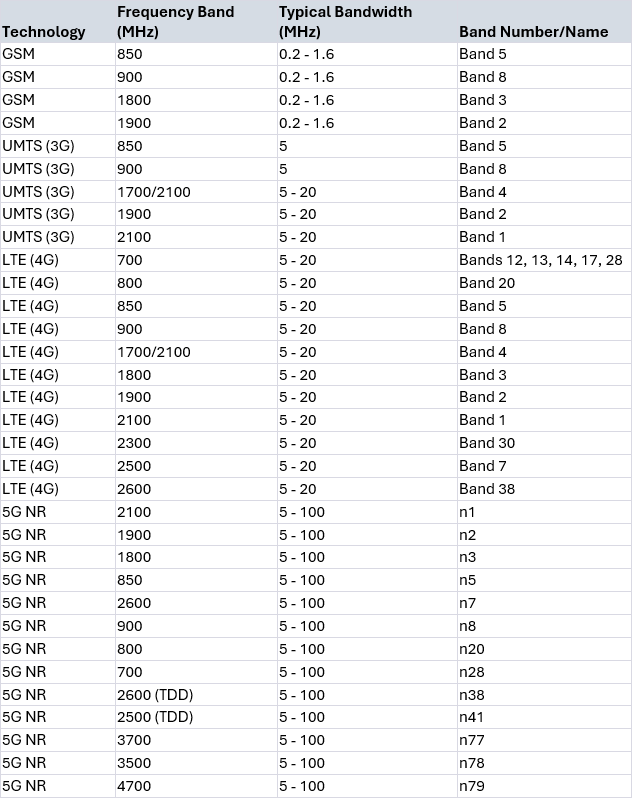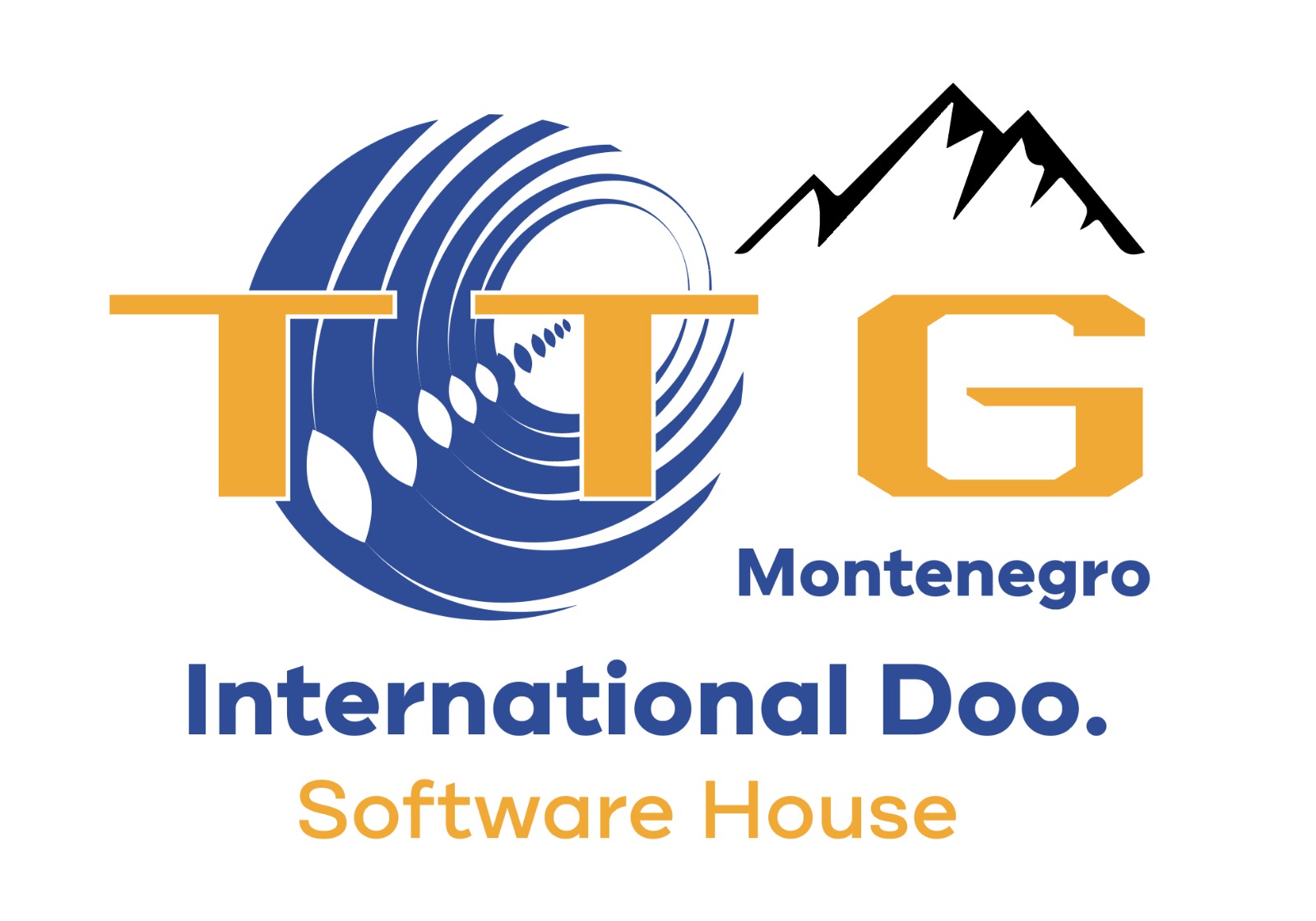The evolution of mobile networks, particularly with the introduction of LTE and 5G, has brought about a paradigm shift in how we perceive and utilize bandwidth. The crux of this transformation lies in the intricate interplay between frequency bands, channel bandwidth, and spectral efficiency. Let’s delve deeper into these concepts and unravel how they collectively shape the backbone of modern mobile communication.
The Significance of Frequency Bands
Frequency bands are the building blocks of mobile communication. Each band possesses a unique bandwidth, determining the volume of data it can handle. Imagine a multi-lane highway; a wider band (like a 20 MHz band) is akin to a broader highway allowing more data traffic to flow simultaneously compared to a narrower band (like a 5 MHz band). This width is pivotal as it directly influences the network’s capacity to handle high-volume data, ensuring that your video calls, streaming services, and online games run smoothly without a hitch.
Channel Bandwidth: The Data Transmission Highway
While frequency bands set the stage, channel bandwidth dictates the performance of the show. In the realms of LTE and 5G, channel bandwidth is not a one-size-fits-all concept. These technologies are designed to support a spectrum of channel bandwidths, each defining the rate of data transmission. Think of channel bandwidth as the lanes on the highway; some channels offer wider lanes allowing faster and more voluminous data flow, akin to express lanes on a freeway. This flexibility in channel bandwidth is instrumental in catering to diverse data needs, from simple text messaging to bandwidth-intensive 4K video streaming. Below is a table format representation of Mobile Communication Frequency Bands along with their typical bandwidth allocations. It’s important to note that the actual bandwidth can vary based on the specific deployment and regulatory environment.

The bandwidth values in the table are typical ranges and can vary based on specific implementations and regulatory decisions. Especially for 5G (NR), the bandwidth can be quite flexible, supporting a wide range of channel bandwidth options to accommodate various use cases and spectrum allocations.
Spectral Efficiency: Maximizing the Data Potential
The true prowess of a network, however, is not just in the width of its bands or the size of its channels but in how effectively it utilizes them. This is where spectral efficiency comes into play. Spectral efficiency is about getting the most out of the available bandwidth. It’s the art of packing data tightly and transmitting it efficiently, ensuring that every hertz of the frequency is used to its maximum potential. Higher spectral efficiency means that more data can be transmitted over the same bandwidth, much like packing more goods into the same cargo space without compromising safety or integrity.
In the context of LTE and 5G, advancements in technology have significantly enhanced spectral efficiency. Techniques like advanced modulation schemes, MIMO (Multiple Input Multiple Output) antennas, and carrier aggregation have been game-changers, pushing the boundaries of how much data can be transmitted within the available spectrum.
Conclusion
The dance between frequency bands, channel bandwidth, and spectral efficiency is a delicate yet powerful one. It’s a testament to how far we’ve come in the field of mobile communication and a glimpse into the future of what’s possible. As we continue to navigate through the digital era, the synergy between these elements will be pivotal in shaping a world where connectivity is not just a luxury but a seamless extension of our daily lives. So, the next time you stream your favorite show or video call a loved one, remember the intricate symphony of frequency bands, channel bandwidth, and spectral efficiency playing in harmony to keep you connected.




